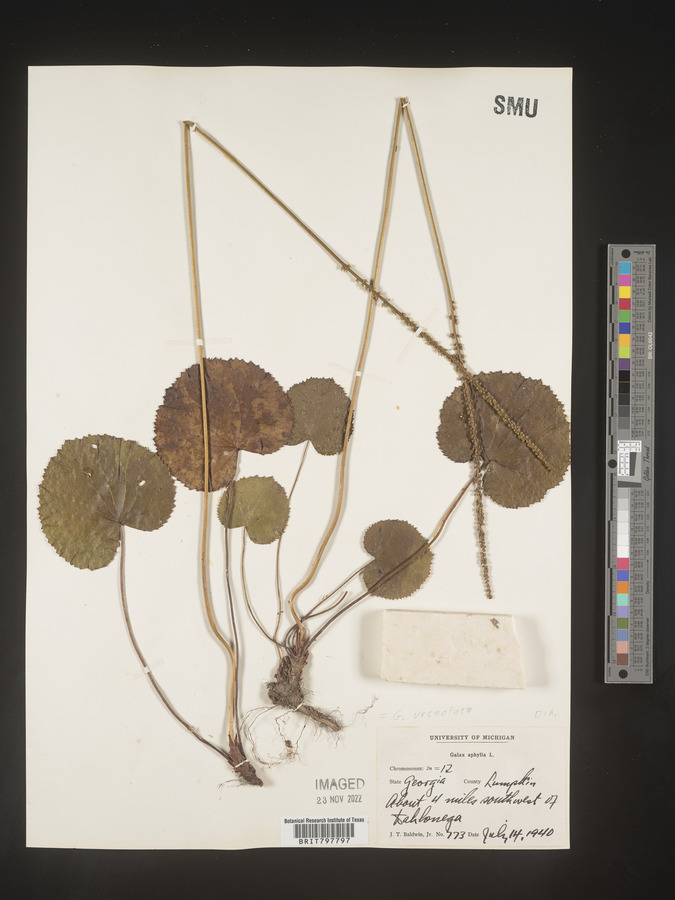
|
Diapensiaceae |
|
|
Perennial herbs or subshrubs, evergreen, rhizomatous and/or stems creeping and adventitiously rooted, sometimes taprooted, ecto- and endotrophically mycorrhizal. Stems erect to decumbent or prostrate. Leaves basal and cauline, alternate or opposite, simple; stipules absent; petiole present or absent; blade margins entire or dentate-serrate. Inflorescences terminal racemes or solitary flowers. Flowers bisexual; perianth and androecium hypogynous; sepals 5, connate proximally or distinct; petals 5, connate proximally or distinct; stamens 5, antisepalous or basally connate into ring, epipetalous, alternating with staminodes; anthers transversely or longitudinally dehiscent; staminodes absent or 5, scalelike or spatulate; pistils 1, 3-carpellate; ovary superior, 3-locular; placentation axile; ovules usually anatropous, sometimes axile, hemitropous, campylotropous, or amphitropous, bitegmic, tenuinucellate; styles 1, terminal; stigmas 1, slightly 3-lobed to unlobed and capitate [disciform]. Fruits capsular, dehiscence loculicidal. Seeds 10-30, brown, cylindric; embryo straight to curved; endosperm copious, fleshy. Leaves of Diapensia, Galax, and some Shortia species become reddish to purplish or orange-bronze (anthocyanic) in the fall and winter. The colored leaves of Galax are gathered in the fall for the florist trade. Leaves of all genera of Diapensiaceae sequester large amounts of aluminum (L. Schultz, pers. comm.), an unusual characteristic for temperate plants.
|
|
This project was made possible in part by the Institute of Museum and Library Services [MG-70-19-0057-19].
Powered by Symbiota


